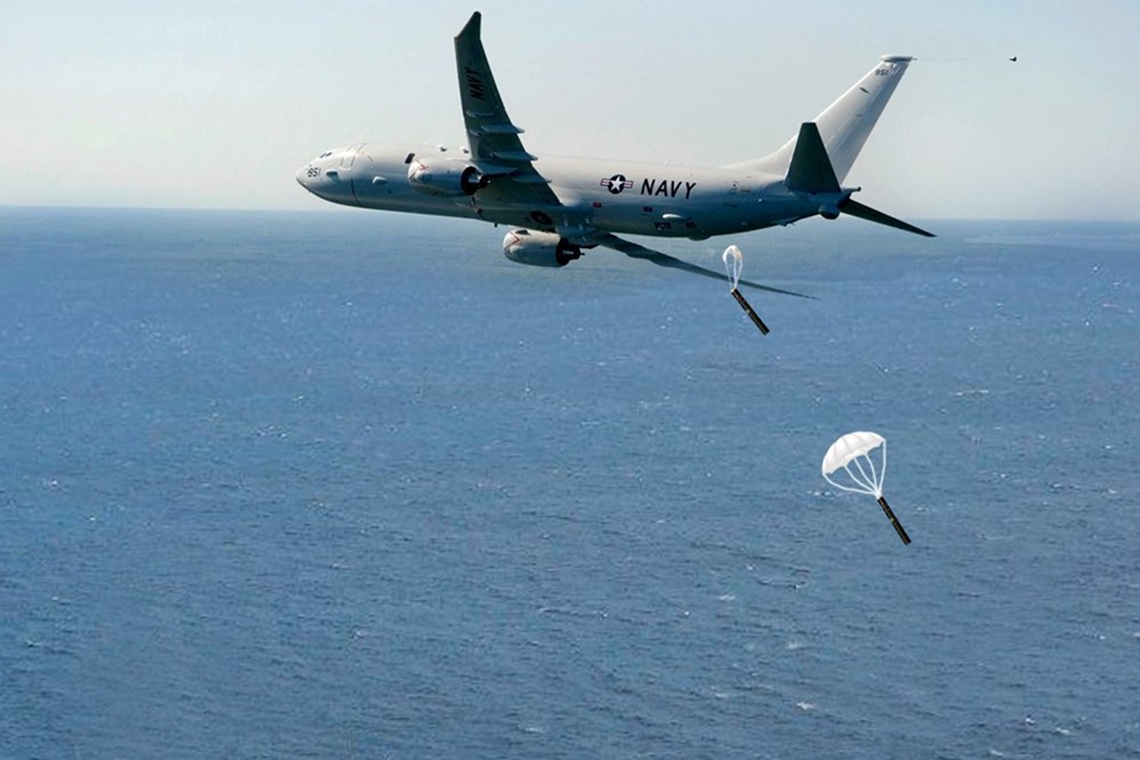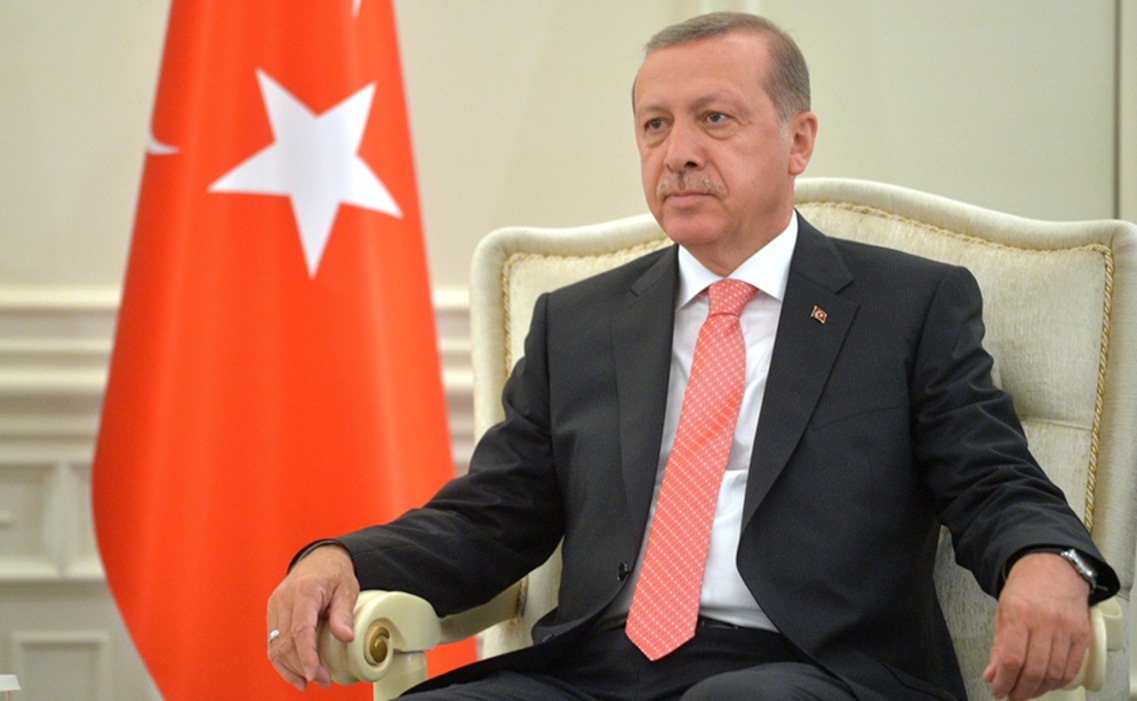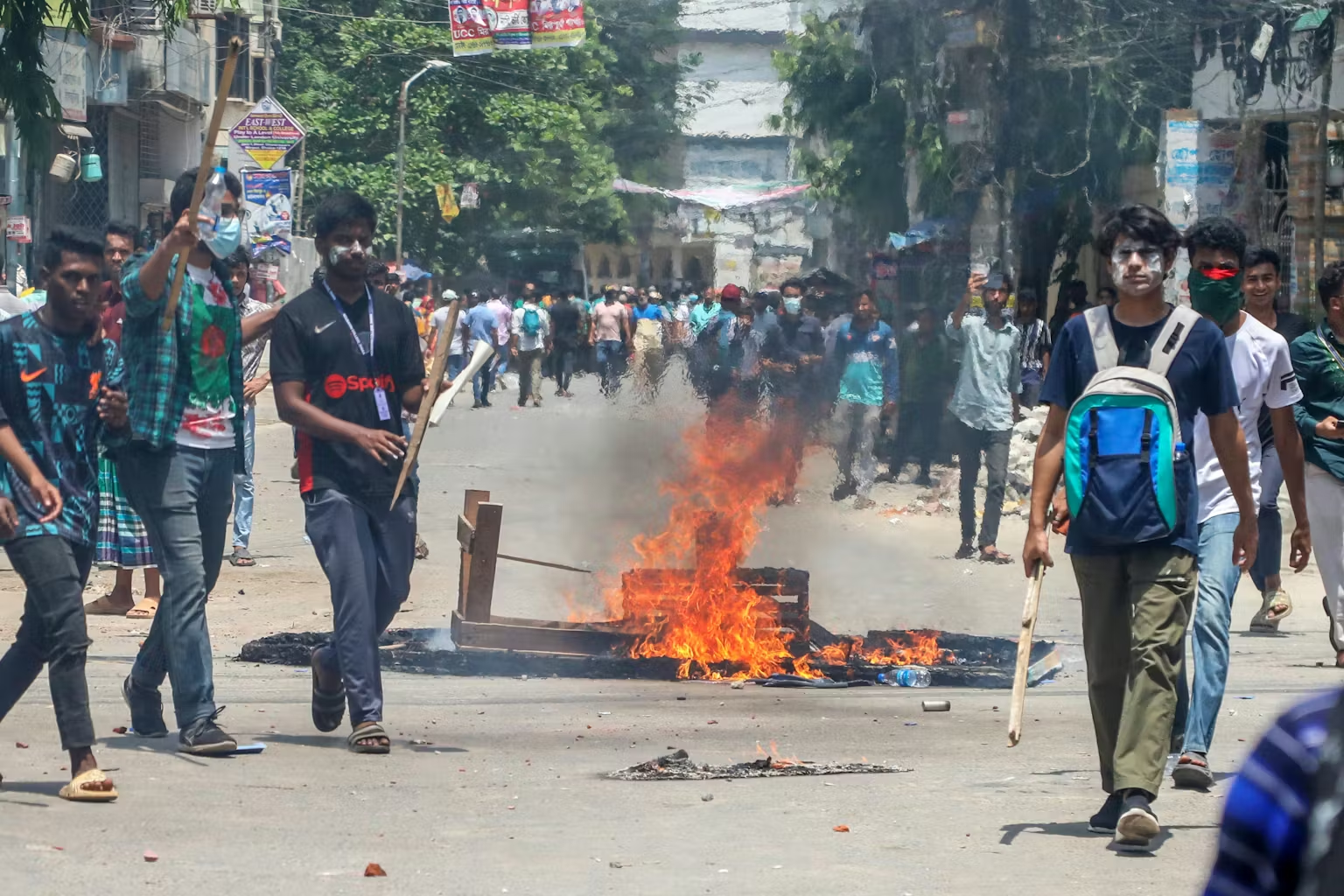Future war is characterised by rapid technological advancements and evolving strategies that are not traditional and kinetic.
In a world where the dynamics of warfare are evolving rapidly, India must put its best foot forward to make its warfare strategies vastly different from those of the past. With growing threats both in cyberspace and the real world, the front lines are no longer restricted to land alone. Drawing on important lessons from the past, the piece proposes a forward-looking strategy based on them.
Introduction
“Victory smiles upon those who anticipate the changes in the character of war, not upon those who wait to adapt themselves after the changes occur.” Giulio Douhet.
The war that India would fight next is sure to set a positive example for the world to follow. Unlike the defence strategies adopted in the past, global warfare is set to impact the world in such a way that people would have to rewire their brains to think far into the future, rather than just having boots on the ground.
The Rise of Smart Warfare: Man, Machine, and the Quantum Leap
“The future belongs to those who prepare for it today.” Malcolm X
In recent times, India has made great strides in the world of military technology through rapid innovation. Right from furtively developing AI-powered robotic sentinels for surveillance and tactical mobility in harsh terrain to making huge investments in developing its unique version (“Make in India”) of quantum-resilient cybersecurity frameworks to secure defence communication lines that are otherwise highly sensitive, India is all set to redefine warfare1. These developments in technology have progressed far beyond the experimental stage to indicate proactive deterrence2.
Tech Driven Preparedness & Indigenous Advancements
At a time when the world was busy experimenting with autonomous ground systems, India has already unveiled a similar prototype, much to its surprise, and without absolutely any overt fanfare whatsoever. India holds a beautiful vision for the future with its indigenous technological developments. India has recently launched several other new initiatives, including the Akashteer Air-Defence Command System, which was developed by Bharat Electronics Limited (BEL) as a low-level, phased-array C4I system designed to protect the Indian airspace, and more.
Quantum-Based Security Advancements
What was once material for pure science fiction is now a reality, thanks to start-ups like the QuNu Labs under iDex that have successfully coordinated with the Indian Army to develop quantum-based secure communication initiatives3.
Rudrastra VTOL Loitering Munition (50 km Range)
The Rudrastra, developed privately yet again by trusted indigenous entities in India, is a hybrid VTOL-drone that was tested successfully in June 2025. Designed to furtively sneak into the enemy territory (up to a distance of 50 km) using smart systems such as guided payloads, the Rudrastra is capable of precision striking, reconnaissance, and more4.
Indigenous Combat-Grade UAVs by Tata Advanced Systems (TAS)
Equipped with a host of advanced features such as autopilots, in-house designed airframes, advanced payloads (like LiDAR, high-resolution cameras, etc.), the combat-grade UAVs developed by Tata Advanced Systems (TAS) have been designed as fully indigenous UAVs that are entirely remotely pilotable5.
DRDO’s Humanoid Robot Project (Pune Lab)
The DRDO lab based in Pune is in the process of developing a humanoid robot that comes with intelligent features such as audio-visual sensing, 24 degrees of freedom, hazardous material handling, and the like. An ambitious defence project that is set to be rolled out in the year 2027, it places India on the world map for rapid advancements in the exploration and designing of semi-autonomous front-line role capability6.
Strengthening India’s Strategic Backbone
As India continues to foray into the world of Artificial Intelligence, Robotics, and even Quantum Computing, it has proven to the world that it is a future-ready country. The lesson for the world – technological superiority needs to be coupled with logistical agility, clarity of thought, strategic thinking, and institutional preparedness. Furthermore, the marriage between the army and start-ups has prepared the nation for deeper collaborations that can play a pivotal role in defending the country efficiently. That being said, cybersecurity must also be integrated into civil infrastructure to thwart threats to the country from all fronts.
Beyond the Battlefield — Civilian Resilience and Psychological Warfare
“The strength of a nation lies not just in its weapons, but in the character of its citizens.” Dada Bhuse, Maharashtra’s School Education Minister (2025)
In the future, one can expect civilians to actively participate in the military affairs of the country rather than choosing to remain innocent bystanders. The reason behind this is that people should be equipped to deal with all kinds of warfare waged on them at all times. Be it banking systems disabled by a cyber-attacker, misinformation, or simply deepfakes that impersonate political leaders, everyone must be integrated into the national security grid, so that they are ever prepared to tackle any situation that comes their way.
In a recent bold and future-driven move, Maharashtra’s School Education Minister, Dada Bhuse, proposed introducing military studies into the school curriculum from the first standard in state-run schools7. Albeit seemingly radical, it can help prepare future generations for any eventuality, including psychological warfare. Cybersecurity and digital hygiene awareness are some of the pillars of holistic resilience that can go a long way in building strong citizens rather than just smart ones. The move was also supported by the Chief Minister of Maharashtra, Mr. Devendra Fadnavis; NCC instructors, retired soldiers, sports teachers, and more to drive it to the implementation stage.
Conclusion
“The true soldier fights not because he hates what is in front of him, but because he loves what is behind him.” G.K. Chesterton
India looks at a future that can shape not just the defence sectors of countries around the world, but also redefine the future battlespace. As it works towards making the world a better place to live in, it has also roped in Artificial Intelligence, Quantum Security, autonomous systems, and more. While the world is focusing on developing technologies that could imply something as strong as a devastating final blow, India is working on sending a potent message to the world. The idea behind the recent strategic and technological developments of India is to send a strong signal to the world that a commitment to peace does not always imply being a passive spectator of the process. At the same time, India is also working on deepening its self-reliance through the development of indigenous technologies ethically. In the bargain, the sovereignty of the nation is also ensured at the end of the day.
Title Image Courtesy: Army Technology
Disclaimer: The views and opinions expressed by the author do not necessarily reflect the views of the Government of India and Defence Research and Studies

References
- Mike Kalil, India’s Best Friend: AI-Powered Robot Dogs to Counter China to Border, January 25, 2025, accessed July 5, 2025, https://mikekalil.com/blog/india-robot-army.
- Press Information Bureau, Government of India, India Launches Indigenous Quantum Key Distribution Network for Defence Communications, February 2025, accessed July 5, 2025, https://pib.gov.in.
- Times of India, End of Cybercrime? How ISRO and DRDO Are Building India’s Unhackable Quantum Network, June 23, 2025, accessed July 5, 2025.
- “Indian Army Receives First Batch of Indigenous Combat Drones from Tata Advanced Systems,” Hindustan Times, March 7, 2024. https://www.hindustantimes.com/india-news/indian-army-receives-indigenous-combat-drones-from-tata-advanced-systems-101709790238660.html (accessed July 5, 2025).
- “Tata Advanced Systems Develops Indigenous UAVs for Defence Forces,” The Economic Times, June 10, 2024. https://economictimes.indiatimes.com/news/defence/tata-advanced-systems-develops-indigenous-uavs-for-defence-forces/articleshow/101000123.cms (accessed July 5, 2025).
- Debashis Sarkar, “DRDO Is Developing Humanoid Robot to Replace Soldiers in Hazardous Areas,” Times of India, June 15, 2024. https://timesofindia.indiatimes.com/india/drdo-is-developing-humanoid-robot-to-replace-soldiers-in-hazardous-areas/articleshow/110000481.cms (accessed July 5, 2025).
- “Maharashtra Plans to Introduce Military Studies from Class 1 in Government Schools,” Hindustan Times, May 28, 2025. https://www.hindustantimes.com/india-news/maharashtra-to-introduce-military-studies-from-class-1-in-state-schools-101715888765123.html (accessed July 5, 2025).
Bibliography
- Hindustan Times. “Indian Army Receives First Batch of Indigenous Combat Drones from Tata Advanced Systems.” Hindustan Times, March 7, 2024. https://www.hindustantimes.com/india-news/indian-army-receives-indigenous-combat-drones-from-tata-advanced-systems-101709790238660.html (accessed July 5, 2025).
- Hindustan Times. “Maharashtra Plans to Introduce Military Studies from Class 1 in Government Schools.” Hindustan Times, May 28, 2025. https://www.hindustantimes.com/india-news/maharashtra-to-introduce-military-studies-from-class-1-in-state-schools-101715888765123.html (accessed July 5, 2025).
- Kalil, Mike. “India’s Best Friend: AI-Powered Robot Dogs to Counter China to Border.” Mike Kalil, January 25, 2025. https://mikekalil.com/blog/india-robot-army (accessed July 5, 2025).
- Press Information Bureau, Government of India. “India Launches Indigenous Quantum Key Distribution Network for Defence Communications.” PIB, February 2025. https://pib.gov.in (accessed July 5, 2025).
- Sarkar, Debashis. “DRDO Is Developing Humanoid Robot to Replace Soldiers in Hazardous Areas.” Times of India, June 15, 2024. https://timesofindia.indiatimes.com/india/drdo-is-developing-humanoid-robot-to-replace-soldiers-in-hazardous-areas/articleshow/110000481.cms (accessed July 5, 2025).
- The Economic Times. “Tata Advanced Systems Develops Indigenous UAVs for Defence Forces.” The Economic Times, June 10, 2024. https://economictimes.indiatimes.com/news/defence/tata-advanced-systems-develops-indigenous-uavs-for-defence-forces/articleshow/101000123.cms (accessed July 5, 2025).
- Times of India. “End of Cybercrime? How ISRO and DRDO Are Building India’s Unhackable Quantum Network.” Times of India, June 23, 2025. (accessed July 5, 2025).








